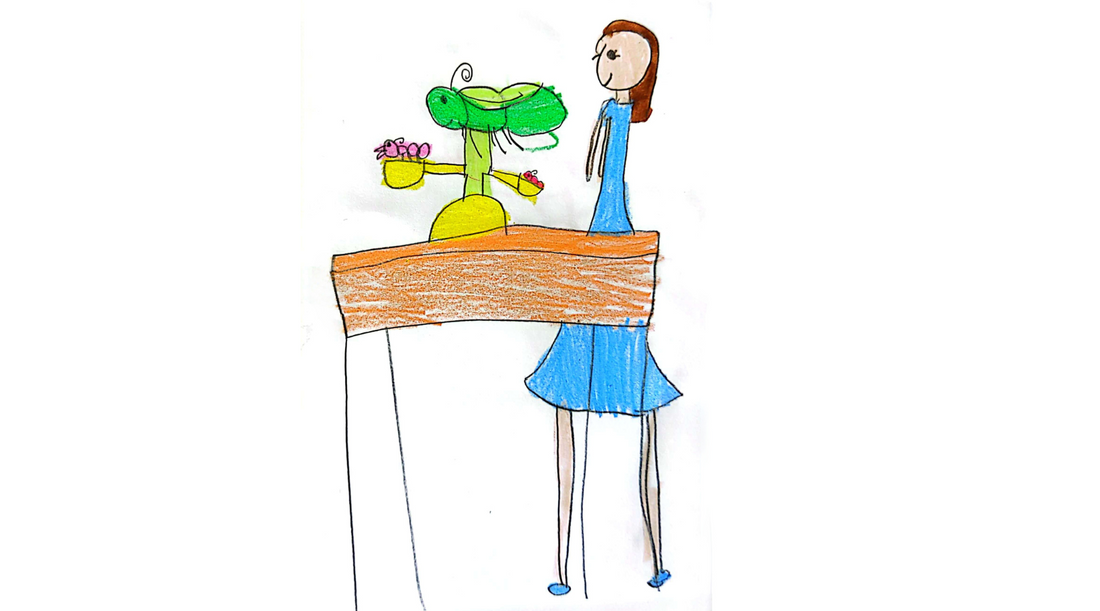We are all special in our own way. We are born with particular talents and abilities that come more naturally to us, but that doesn't mean we can't accomplish more challenging things. We simply need to put in more effort on those hard tasks and stay persistent without giving up.
Growth Mindset Theory, developed by psychologist Carol Dweck, is a concept that distinguishes between two types of mindsets people can hold about their abilities and intelligence: a fixed mindset and a growth mindset.
What is the difference between Fixed Mindset and Growth Mindset?
Fixed Mindset:
Belief: Individuals with a fixed mindset believe that their intelligence, talents, and abilities are static traits that cannot change. They think people are born with a certain amount of intelligence and talent, and these traits determine their success.
Behavior: People with a fixed mindset tend to avoid challenges, give up easily when faced with obstacles, see effort as fruitless, ignore helpful feedback, and feel threatened by the success of others.
Growth Mindset:
Belief: Individuals with a growth mindset believe that their abilities and intelligence can be developed through dedication, hard work, and learning. They see effort as a path to mastery and understand that skills can be cultivated through perseverance and resilience.
Behavior: People with a growth mindset embrace challenges, persist in the face of setbacks, see effort as essential for achievement, learn from criticism, and find inspiration in the success of others.
Key Elements of Growth Mindset Theory
- Effort and Persistence: Emphasizing the importance of effort and persistence, rather than innate talent, in achieving success.
- Learning from Mistakes: Viewing mistakes and failures as opportunities to learn and improve rather than as indications of inherent lack of ability.
- Value of Challenges: Seek out and embrace challenges as opportunities for growth rather than avoiding them out of fear of failure.
- Constructive Feedback: Seeing constructive feedback as a valuable tool for improvement rather than as a personal attack or something to be ignored.
- Resilience: Developing resilience and the ability to bounce back from setbacks by understanding that these are part of the learning process.
Growth Mindset Theory for Parents
Praise Effort, Not Intelligence or Talent: Focus on praising the effort your child puts into tasks rather than their innate abilities. For example, say, "I’m proud of how hard you worked on that project" instead of "You’re so smart."
This helps children understand that effort leads to improvement and success, reinforcing the idea that abilities can be developed through dedication.
Encourage Challenges: Encourage your child to take on challenges and view them as opportunities to grow. Avoid steering them away from complex tasks.
Facing and overcoming challenges builds resilience and teaches children that struggles and mistakes are part of the learning process.
Teach the Value of Mistakes: Normalize making mistakes and frame them as learning opportunities. Discuss what can be learned from a mistake and how it can help in future endeavors.
This helps children develop a healthy attitude towards failure, seeing it as a step towards mastery rather than a reflection of their abilities.
Model a Growth Mindset: Demonstrate a growth mindset in your own behavior. Share your own learning experiences, including the challenges and mistakes you encounter and how you overcome them.
Children learn by observing their parents. Modeling a growth mindset shows them how to handle difficulties and persist in the face of setbacks.
Use Growth Mindset Language: Use language that emphasizes growth and learning. For example, use phrases like "You’re improving" or "You haven’t mastered this yet, but you will with practice.
The words you use can shape how your child views their abilities and potential. Growth mindset language reinforces the idea that abilities are not fixed.
Set Learning Goals Instead of Performance Goals: Encourage your child to set goals that focus on learning and improvement rather than solely on outcomes like grades or scores.
Learning goals emphasize the process of acquiring knowledge and skills, which aligns with a growth mindset perspective.
Celebrate Effort and Progress: Acknowledge and celebrate the effort and progress your child makes, regardless of the final result. This could be through verbal praise, a reward system, or simply taking time to reflect on their hard work.
Celebrating effort and progress helps reinforce the idea that growth and improvement are valued over just achieving a specific result.
Provide Constructive Feedback: When giving feedback, focus on specific aspects of your child’s effort and strategies that were effective or need improvement. Avoid labeling them as “good” or “bad.”
Constructive feedback helps children understand what they can do to improve, fostering a sense of control over their learning process.
Encourage Curiosity and a Love of Learning: Foster a home environment that values curiosity and exploration. Provide opportunities for your child to pursue interests, ask questions, and explore new topics.
Encouraging a love of learning for its own sake helps children develop an intrinsic motivation to grow and improve, which is a core component of a growth mindset.
Growth Mindset Theory highlights the power of believing in yourself and the magic of the journey. We can teach our children that if things don’t go well this time, with effort and hard work, you can still make it happen. It teaches them to believe in their potential for development and in their ability to grow and improve through effort and perseverance.

